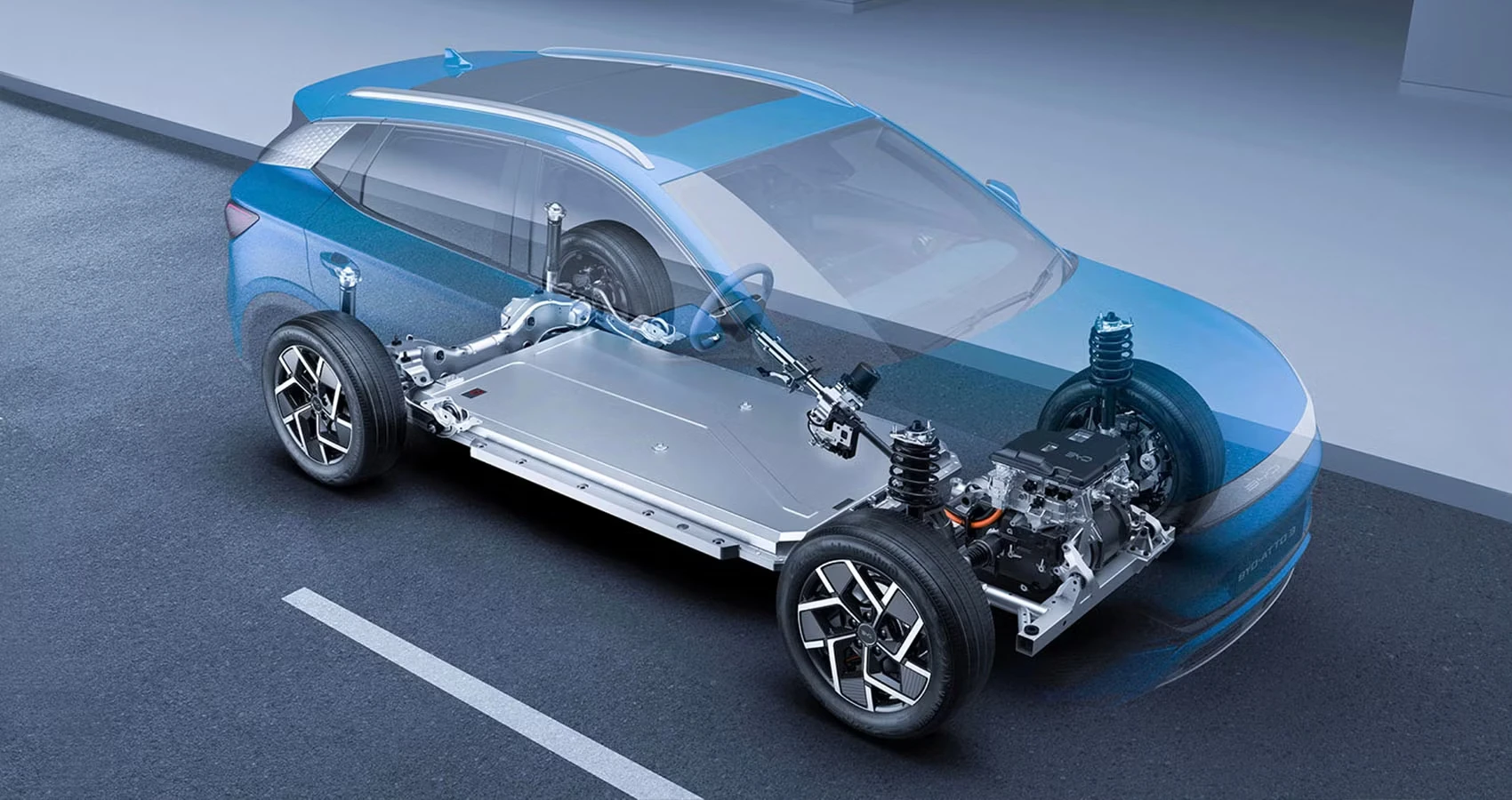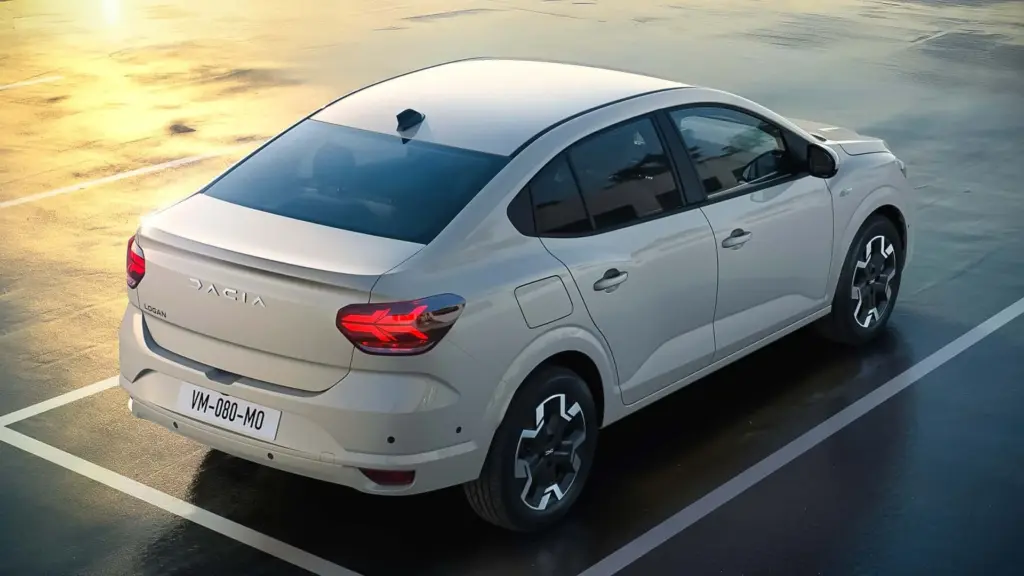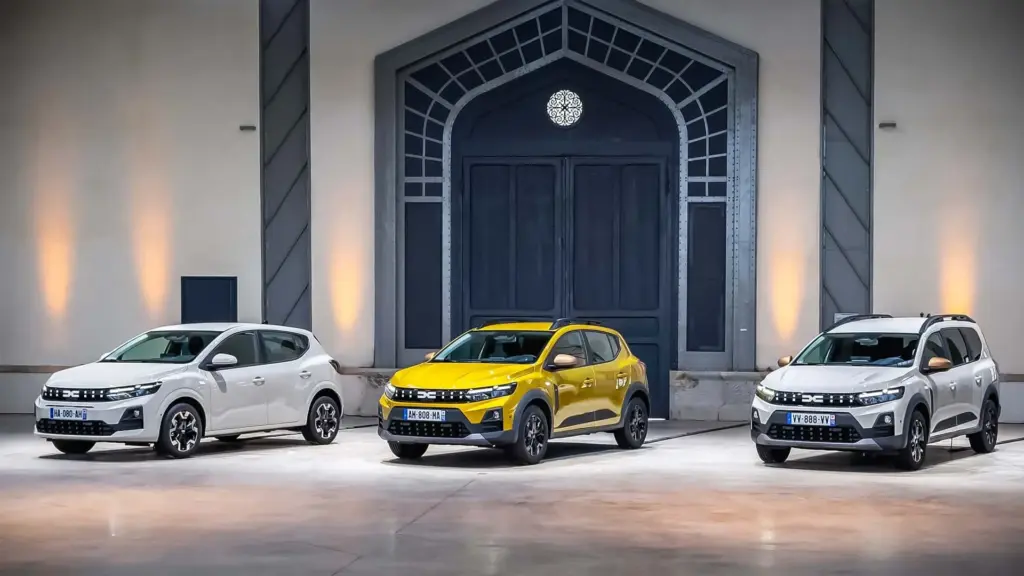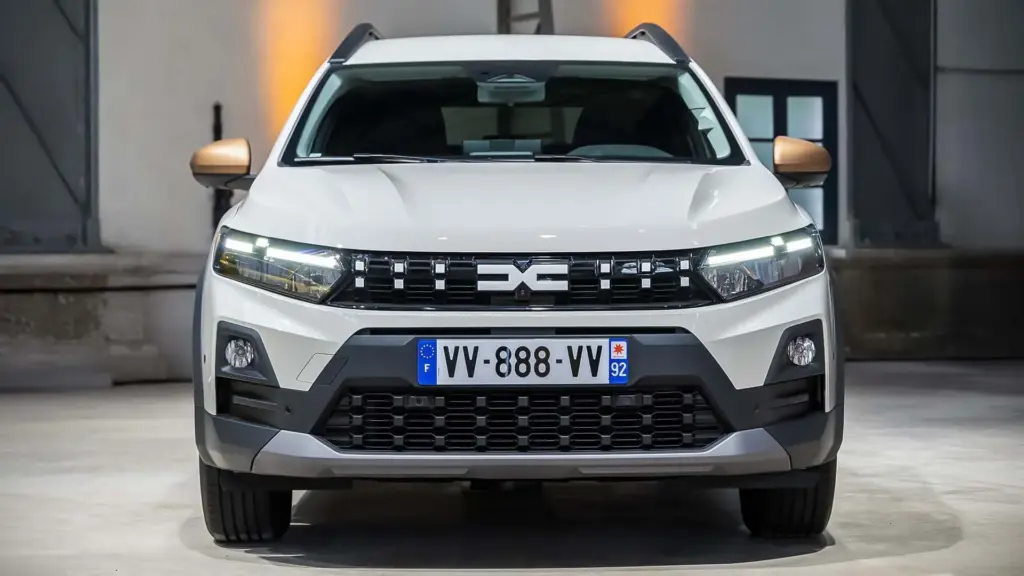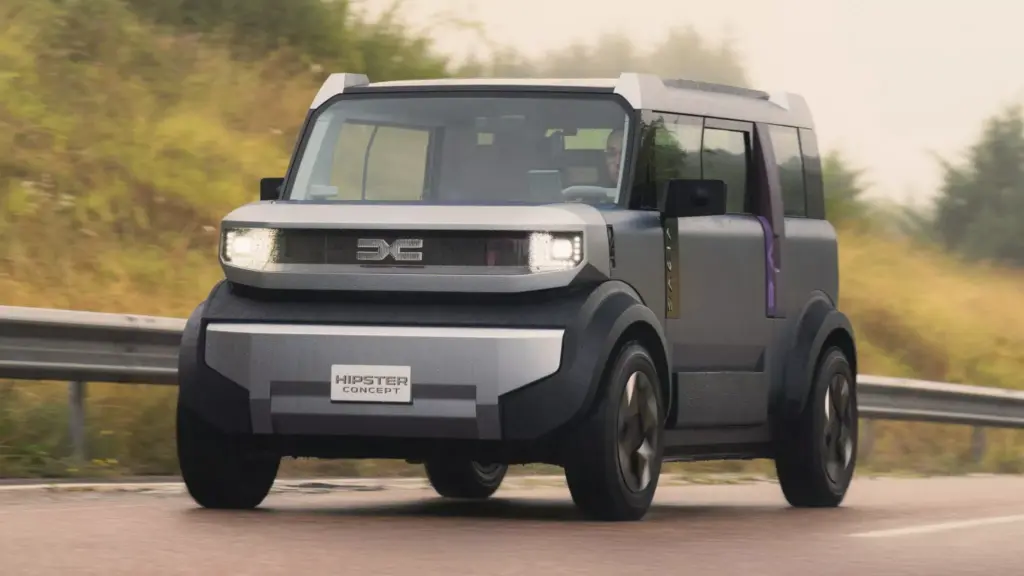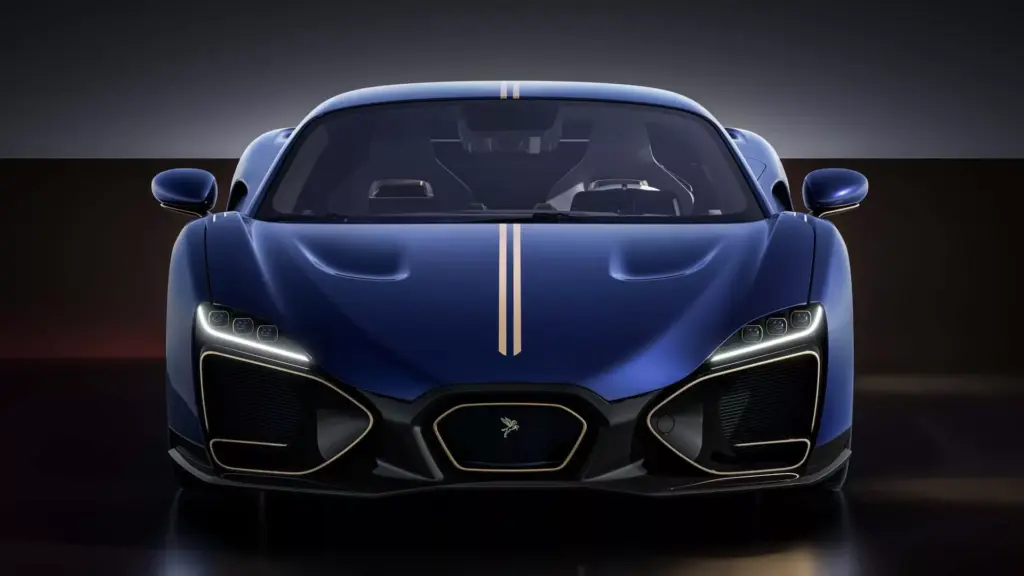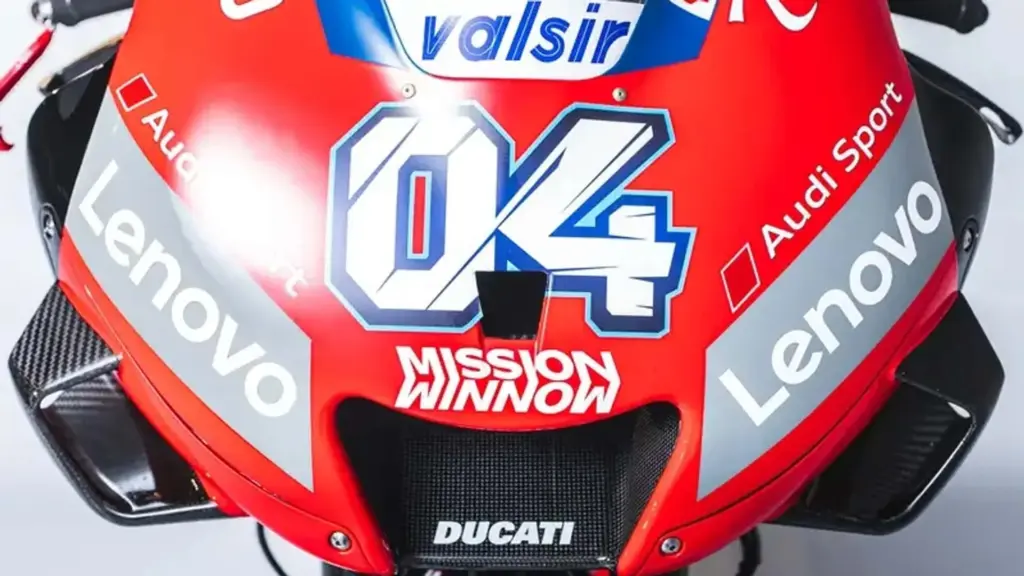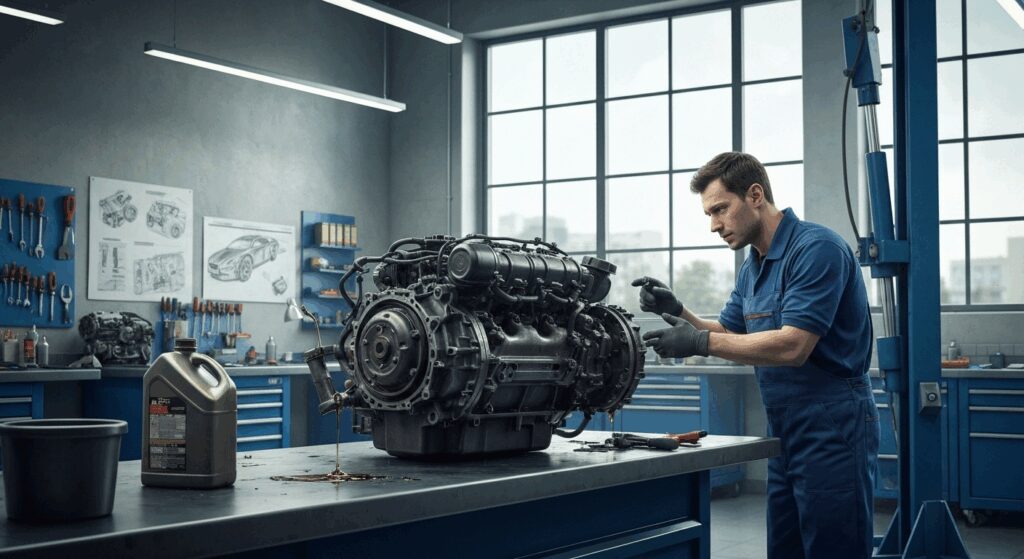Get your stopwatches ready! Stellantis, in partnership with the startup Factorial, has just validated a new battery technology that promises to revolutionize our patience at charging stations. We’re talking about going from 15% to 90% charge in just 18 minutes! Could this be the end of endless waiting?
Has the “Silver Bullet” for Batteries Arrived?
Solid-state batteries (or, in this case, semi-solid) have long been seen as the magic solution for the challenges of electric cars. The promise is tempting: more range, ultra-fast charging, lighter weight, and better performance—especially in temperatures that would make a conventional battery literally shake in its shoes.
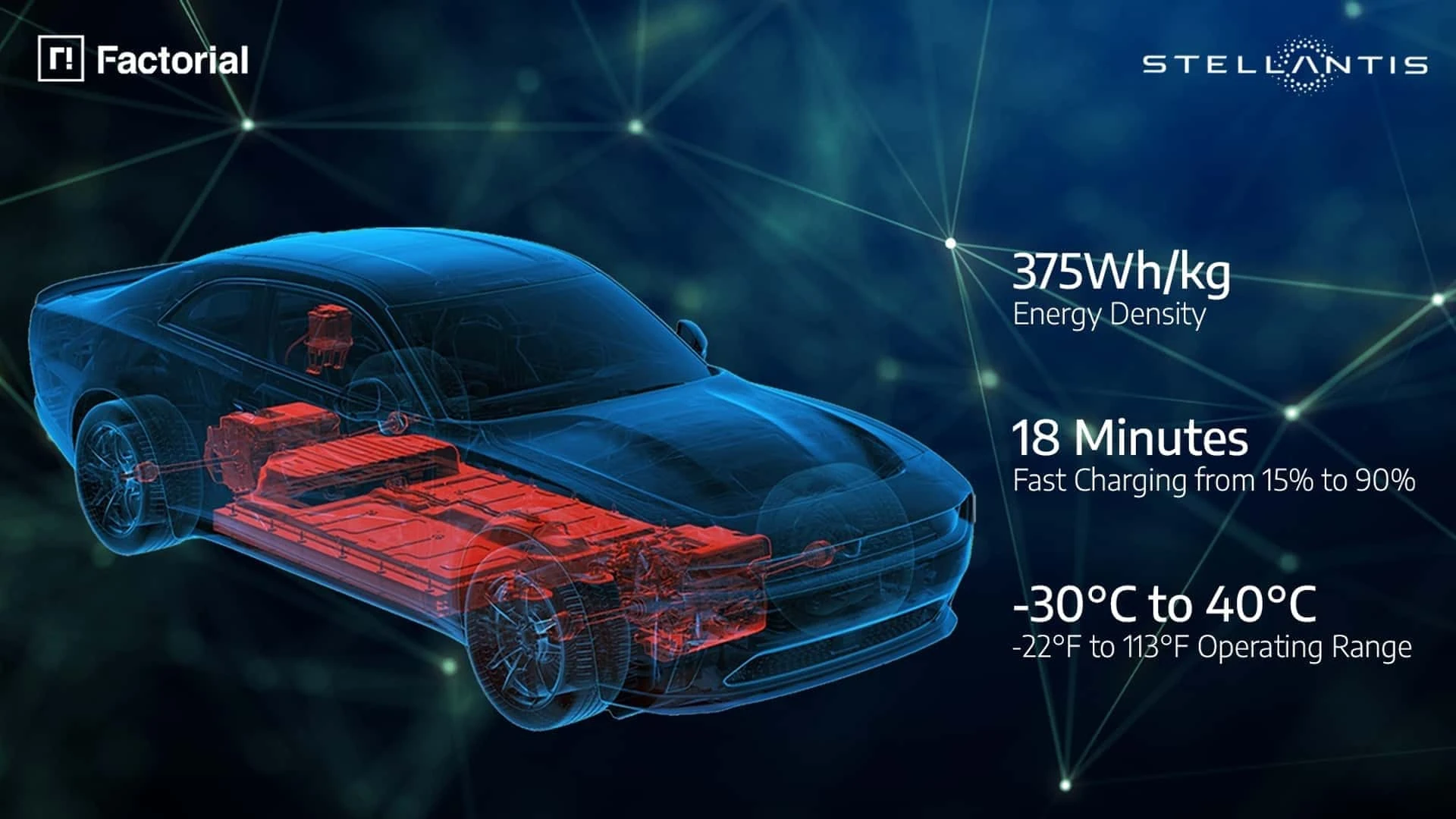
Unlike traditional lithium-ion cells, which use a liquid electrolyte, this new generation relies on solid or gel-like materials. Factorial, specifically, uses a polymer base to create a “semi-solid” cell—a crucial intermediate step toward fully solid-state batteries (ASSBs), as detailed by sources like Factorial Energy itself.
Impressive Performance: Numbers from the New Cell
The released numbers are jaw-dropping. The cell validated by Stellantis and Factorial has a capacity of 77 Ah and an energy density of 375 Wh/kg. To put that into perspective, the current average for lithium-ion batteries ranges from 200 to 300 Wh/kg. That means more energy in the same space (or the same energy in less space!).
And what about charging speed? Those 18 minutes (from 15% to 90%) at room temperature mark a milestone, with a discharge rate of up to 4C. This not only shortens the wait but also opens doors for vehicles that demand high power quickly, such as sports cars. The technology looks promising, competing with advances seen from brands like XPeng and its G9.
Key Features of the Validated Cell:
- Capacity: 77 Ah
- Energy Density: 375 Wh/kg
- Charging Time (15-90%): 18 minutes
- Discharge Rate: Up to 4C
- Temperature Range: -22°F to 113°F (-30°C to 45°C)
Dodge Charger Daytona: The Perfect Testbed
With numbers so focused on performance, the choice of test vehicle couldn’t be more fitting. Stellantis plans to put these new cells to the test in the iconic Dodge Charger Daytona fleet starting in 2026. An electric muscle car with super-fast charging? Sounds like a dream come true for enthusiasts!
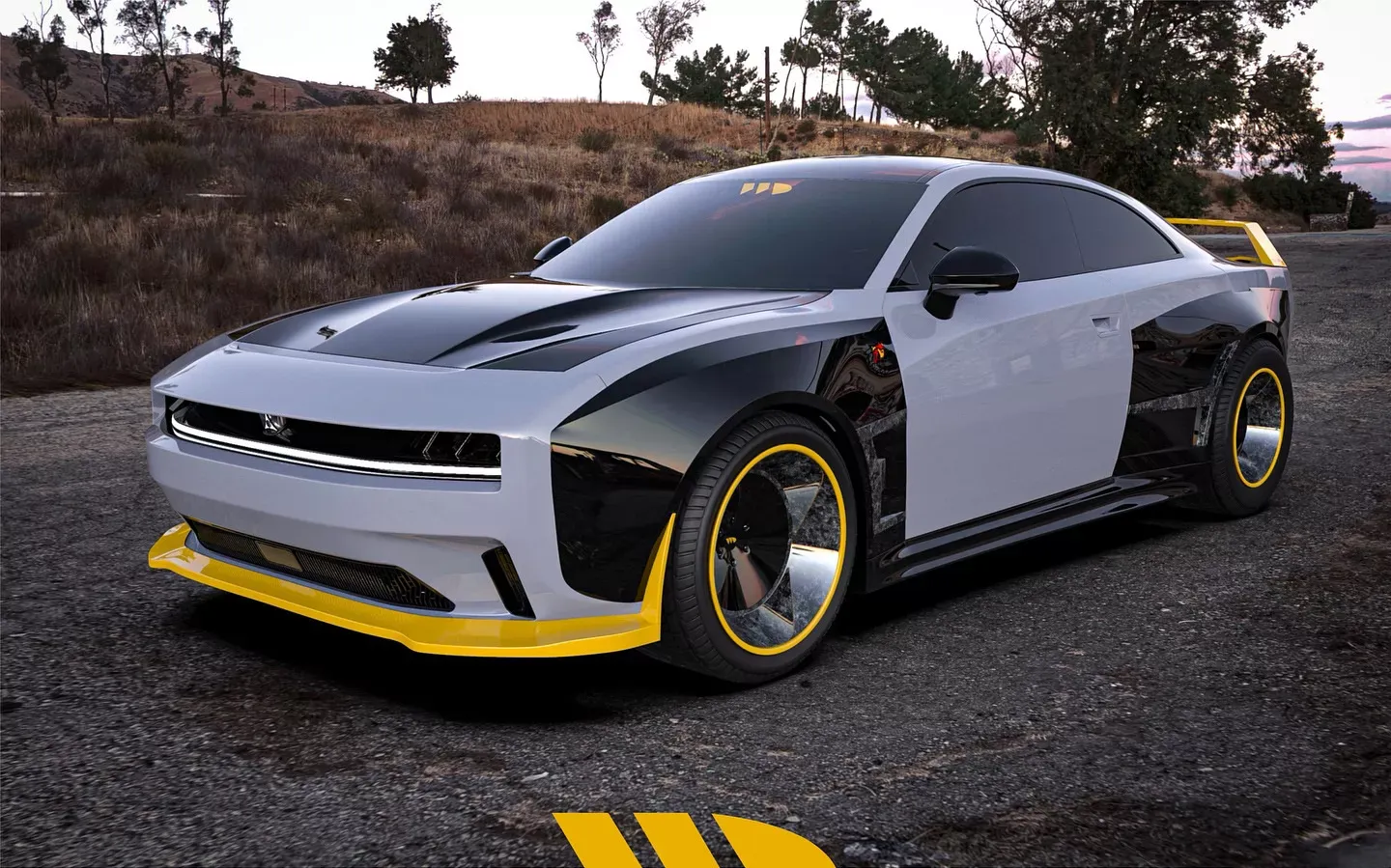
Although the operating temperature range (-22°F to 113°F) is similar to current batteries, the expectation is that semi-solid cells will maintain efficiency even at the extremes. Goodbye, significant range loss in harsh winter or scorching heat? Let’s hope so! This represents a leap beyond current technologies, which are still optimizing performance as seen in models like the Tesla Model Y 2025.
Challenges and Evolution: Factorial’s Journey
The partnership between (then) Fiat-Chrysler and Factorial isn’t new; it dates back to 2018. Back then, they were working with modest 20 Ah cells. The evolution to formats up to 100 Ah (with Stellantis’ version at 77 Ah) shows remarkable progress.
However, Factorial CEO Siyu Huang admitted in an interview with the original source InsideEVs that scaling production was a “huge challenge.” Problems like material losses, low efficiency, and rework needs were real obstacles. Successfully validating performance for different focuses—range on the Mercedes-Benz EQS and performance on the Charger Daytona using the same chemistry—was an important victory.
Semi-Solid vs. Fully Solid: The Middle Ground
It’s crucial to understand that the validated technology isn’t 100% solid yet. The use of a semi-solid polymer electrolyte helps stabilize critical components like the anode. Many experts see this as a smart technological bridge, facilitating the transition to fully solid-state batteries (ASSBs), considered the “Holy Grail” of the industry.
This intermediate approach can offer many advantages of ASSBs (such as safety and density) with a potentially less complex production path in the short term. It’s a strategy seen across electrification efforts, like the diverse options in the 2025 Peugeot 208, which offers everything from combustion engines to electric.
Impact on Weight and Cost: Benefits Beyond Charging
Siyu Huang highlights another potentially huge benefit: weight reduction. According to her, these batteries could eliminate from 440 lbs (200 kg) up to an impressive 2,000 lbs (900 kg) from a vehicle’s total weight. Less weight means less material, simpler structures, and, of course, cost savings.
It’s estimated that every pound saved could translate to about $5 in production savings. For manufacturers producing millions of cars, like Stellantis, this is hugely significant and could impact the final price for consumers—always a critical factor when analyzing spec sheets such as the 2025 Jeep Grand Cherokee.
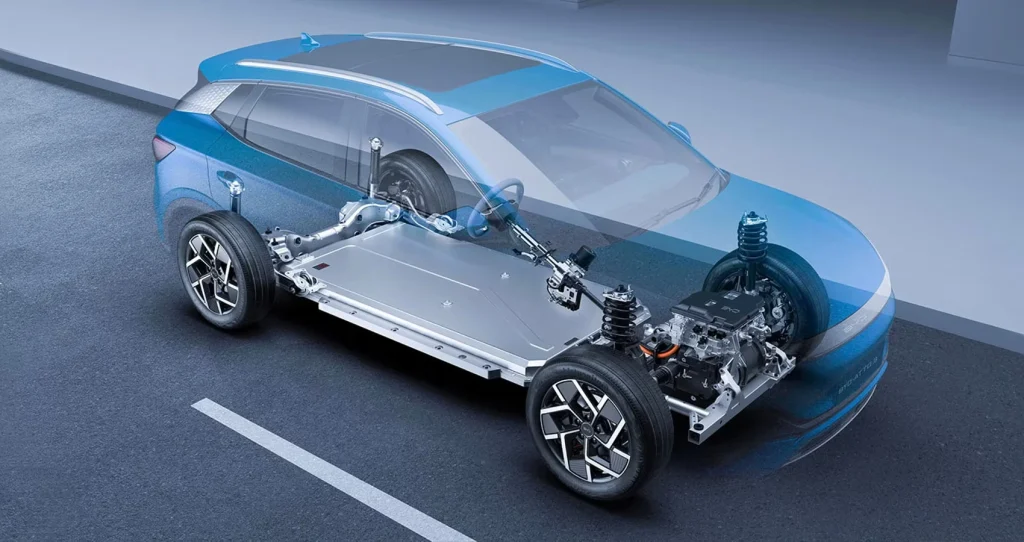
Simplified Comparison: Semi-Solid Battery vs. Current Lithium-Ion
| Feature | Semi-Solid (Factorial/Stellantis) | Lithium-Ion (Current Average) |
|---|---|---|
| Density (Wh/kg) | ~375 | ~200-300 |
| Fast Charging (15-90%) | ~18 min | ~30+ min |
| Potential Weight Reduction | Significant | Reference |
The Cost of Innovation: How Much Does It Cost Today?
Despite all the optimism, the current reality is that the technology is still expensive. “A-samples can be 10 to 30 times more expensive than conventional lithium cells,” Huang admits. It’s a prohibitive cost for mass production at the moment.
However, the CEO is confident that future partnerships and scaling up production will bring costs down. She believes that solid (or semi-solid) technology has the potential to be the “all-in-one” solution, solving the dilemmas of range, safety, durability, and charging without needing multiple battery chemistries. An ambitious vision, but one that could define the future of electric mobility according to Stellantis.
FAQ – Frequently Asked Questions
- What is a semi-solid battery?
It’s a battery that uses a partially solid electrolyte (like a gel or polymer), instead of fully liquid, aiming to combine the safety and density advantages of solid batteries with the practicality of liquid ones. - When will we see this battery in cars?
Stellantis plans to start testing on the Dodge Charger Daytona in 2026. Market availability depends on testing success and production cost reductions. - Is this battery safer than current ones?
Theoretically, yes. Solid or semi-solid electrolytes are less volatile and less prone to leaks or overheating compared to the flammable liquids used in traditional lithium-ion batteries. - What’s the main advantage beyond fast charging?
Higher energy density (more range or less weight) and the potential for significant total vehicle weight reduction are key advantages.
Reading this news, I’m genuinely excited. The promise of charging as fast as filling up a gasoline car has always been one of the biggest obstacles to mass adoption of EVs. If Stellantis and Factorial manage to scale this technology and make it affordable, we’ll witness a game-changer. Sure, the initial cost is a cold splash of water, but history shows that scale and innovation tend to break down financial barriers. The test on the Charger Daytona will be crucial to see if the promise translates into reality on the streets.
And what do you think about this new battery technology? Do you believe 18-minute charging will finally popularize electric cars? Leave your comment below!
Author: Fabio Isidoro
Founder and editor-in-chief of Canal Carro, he dedicates himself to exploring the automotive universe with depth and passion. A car and technology enthusiast, he produces technical content and in-depth analyses of national and international vehicles, combining quality information with a critical eye for the public.

